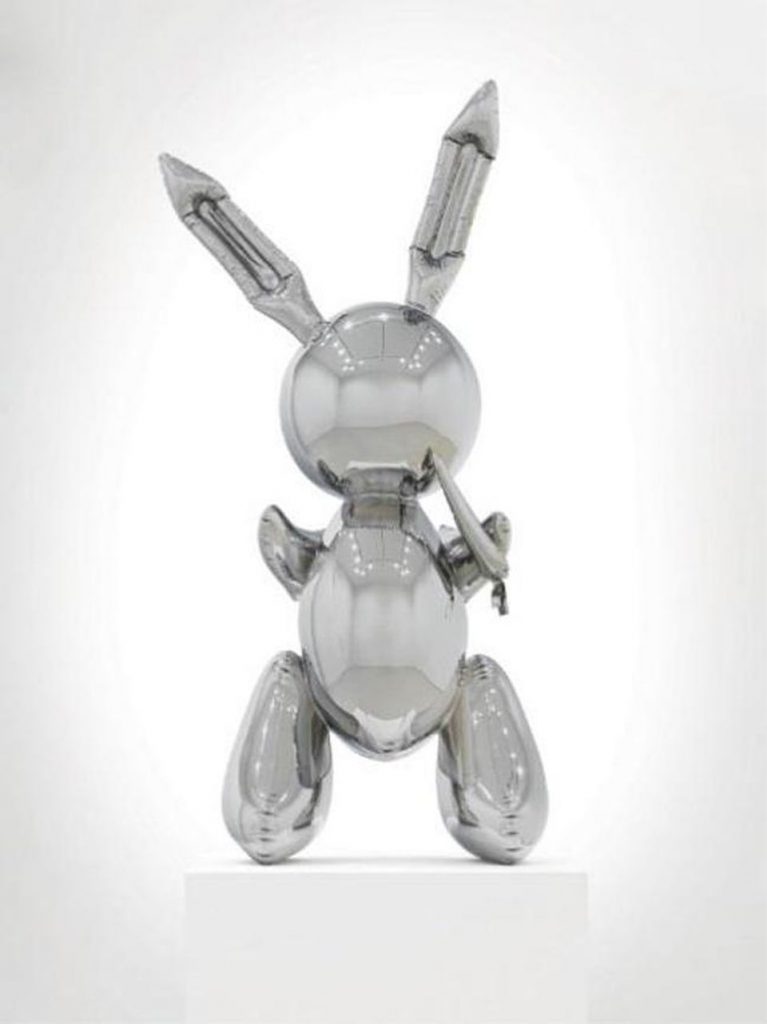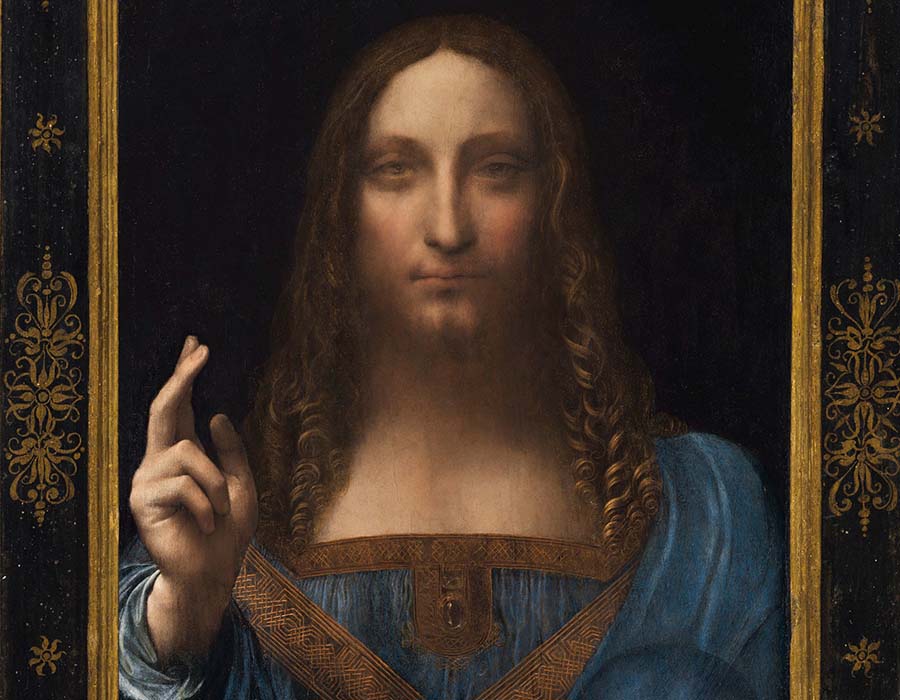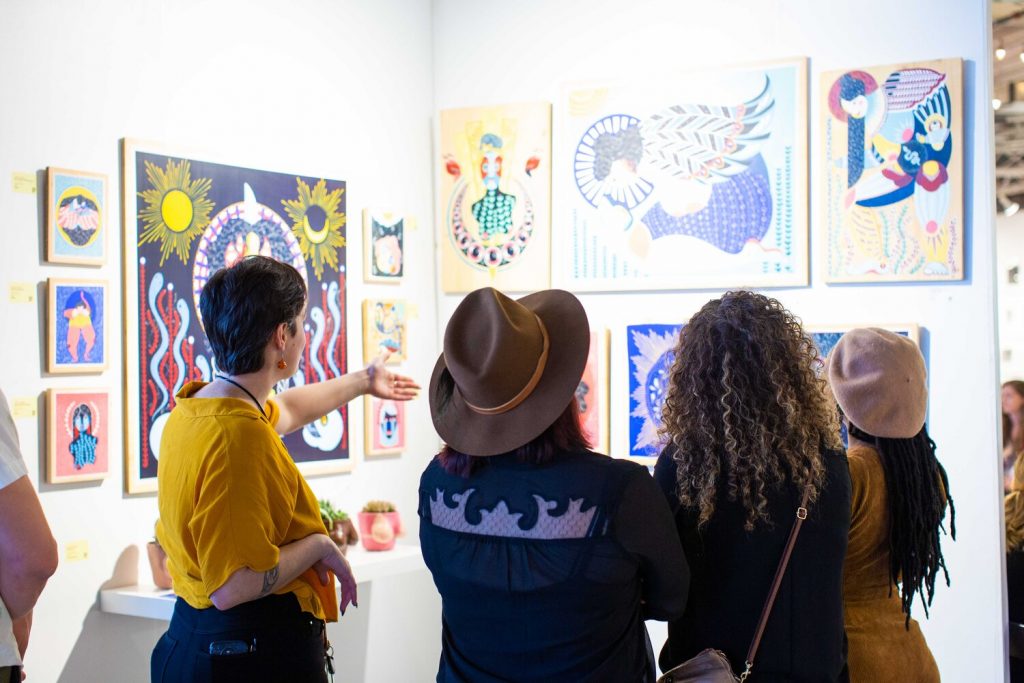Why is art so expensive?
Understand how factors external to production can affect the market value of artworks.

Have you ever wondered why is art so expensive? Why some artworks are priced higher or selling more than others, even though they basically look the same?
Whether you are an artist, seller or collector, the better you understand market dynamics, how prices are set and how external factors can influence the values of works, the more you can benefit yourself.
We have separated some reasons that can help you understand which reasons, situations or conditions can justify higher sales prices in the arts.
Why is art so expensive?
In fact, most are not.

104 x 48 x 30 cm
It is important to make it clear: the value is not related to the complexity in the execution of the work. Nor with the material used.
Obras em Destaque
Sales that make headlines, like this $91 million sculpture illustrated above, are increasingly common and, at the same time, an anomaly in the art world.
These sales are driven by a small group of wealthy collectors who pay astronomical prices for works made by an even smaller group of artists, who are in turn represented by a small number of high-profile galleries. Meanwhile, the work of most living artists will never sell in the six- or seven-figure range, and the galleries that represent them are increasingly being left behind.
“The art market works like a big consensus marketing machine,” says Olav Velthuis, a professor at the University of Amsterdam who studies sociology in the arts.
“So what people do is look for quality signals. These signals might be, for example, what a top curator is saying about an artist; if [the artist] exhibits in museums; whether influential collectors are buying your work. Because everyone is, at least to some degree, looking at the same signs, at a point they start to agree [on] who the most desirable performers are.”
In other words, the reason some artists’ work sells for millions of dollars is because there is a consensus in the art world that these works should sell for millions of dollars.
It’s all about branding. The artist becomes a brand.

Credits: Peter Macdiarmid/Getty Images
Only 0.2% of artists have works sold for more than $10 million, according to a UBS and Art Basel report. 32% of sales in 2017 (which totaled over $63 billion) came from works sold for over $10 million.
An analysis conducted by Artnet that year found that just 25% of artists accounted for nearly half of all contemporary auction sales in the first six months of 2017. Only three of those artists were women.
We recorded a podcast about gender inequality in the art market (Women artists represent 2% of the market. How to change this?)
Art fairs and galleries
Still in this situation, art fairs influence the closing of small galleries and, consequently, elitize the market.
Typically, organizers of these events charge galleries between $50,000 and $100,000 for booth space, making it extremely difficult for gallerists to make a profit. But as fairs are becoming the preferred way for wealthy collectors to buy art, galleries have no choice but to participate.
The problem is that the smaller galleries are the ones that usually represent emerging artists. Furthermore, the demand for art is not evenly distributed among all living artists: many people look for a small number of artists. This inevitably drives up prices.

Luxury, investment and taxation
The sale of “Salvator Mundi” has reignited discussions about the role of money in the art world.
Liberalization of certain economies, including China, India and several Eastern European countries, has led to a boom in art collections outside the US and Western Europe.

Sold for a record $450.3 million in November 2017.
As a result, the market has exploded into what writer Rachel Wetzler described as “a global industry linked to luxury, fashion and celebrity, attracting an expanded range of ultra-wealthy buyers who aggressively compete for works”.
The most famous example of an art collector/investor is Robert Scull, a magnate who auctioned off pieces from his extensive collection in 1973 for much more than his initial outlay. A painting by Robert Rauschenberg that cost $900 in 1958 was sold for $85,000.
Conclusion
We could observe that as the rich get richer, collectors are paying increasingly higher prices for works made by a portion of living artists, leaving emerging artists and the galleries that represent them behind.
We also need to remember that expensive works often carry a huge context, a narrative that transcends art itself. And many people are willing to pay for this story behind the work.
This helps explain why is art so expensive.
However, most sales are not in millionaire amounts. The media does not report simple events, only extraordinary ones. Emily Kaplan, Christie’s vice president of postwar and contemporary art sales, reported that works often sell for two, three thousand dollars.
Affordable art fairs, which often sell works for a few thousand dollars, are another alternative for people who want to buy art but can’t afford to spend millions on a single sculpture. Superfine, a fair founded in 2015, calls itself a way of bringing art to people in response to this inflated market.
According to its co-founders: “Most transactions in the art market actually take place below $5,000, and that’s what we’re touting: the movement of real art by real artists who build a sustainable career, not necessarily superstar artists with sales figures unattainable for the average artist – if equally qualified.”

Does the art market move absurd prices? Yes. The tendency is to get worse, given that the cycle is fed: new millionaires emerge, use art as a luxury item, select artists already recognized by the market and increasingly compete for a work.
However, this is not the end of the world.
Social networks have come to dramatically help in the rise of artists’ careers. The sharing facilities and viralization possibilities opened up great opportunities for recognizing the talent of several artists, who even managed to do well in the market even without being represented by an art gallery.
You may be interested
https://arteref.com/en/uncategorized/art-gallery-owners-what-are-their-roles-in-the-market/






